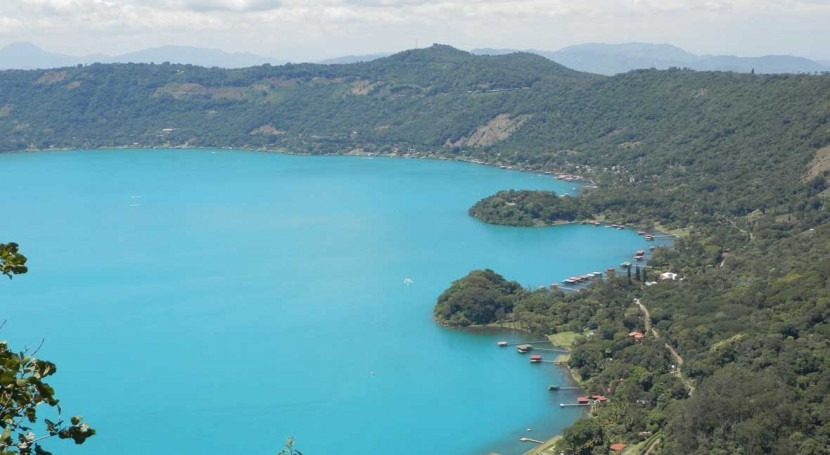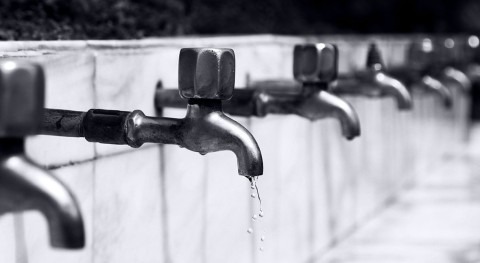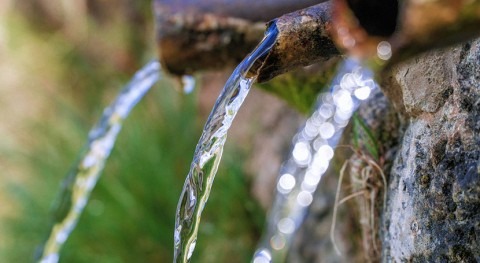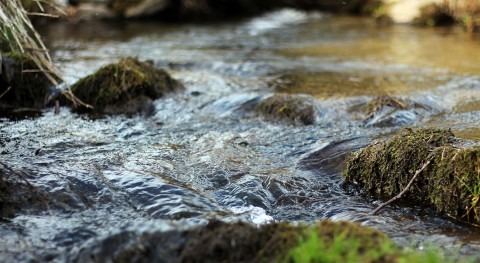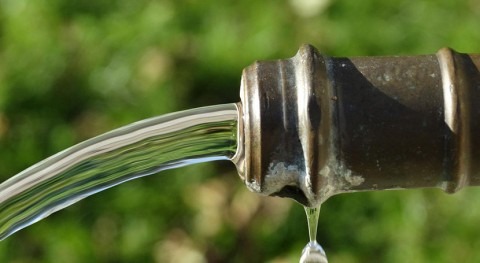Communities across the United States have spent more than $1 billion since 2010 dealing with outbreaks of potentially toxic algae in lakes, rivers and drinking water supplies, according to a groundbreaking new analysis by the Environmental Working Group.
EWG identified 85 locations, mostly cities and towns, in 22 states that spent money to prevent or treat algae blooms in the past 10 years. The staggering price tag: about $1,158,245,000. And it is almost certainly a significant undercount.
“This enormous sum is just a drop in the bucket of what algae outbreaks are costing Americans,” said Anne Schechinger, EWG senior economic analyst and author of the report. “The damage toxic algae inflicts on recreation, property values, tourism, commercial fishing and wildlife likely totals billions more every year.”
For its analysis, EWG searched for news reports of algae outbreaks and what communities have spent to protect or clean up the bodies of water they depend on for household use, recreation and tourism. The cost of improvements to drinking water, stormwater and wastewater made up the vast majority of the expenditures. Prevention measures like establishing agricultural conservation practices, and efforts to treat the blooms themselves, made up the rest.
Communities across the United States have spent more than $1 billion since 2010 dealing with outbreaks of potentially toxic algae
Spending in Ohio accounts for about 70 percent of the nationwide total. More than $815 million has been spent in 11 Ohio communities since 2010, largely for multiple recurring toxic algae blooms in Lake Erie.
This outlay does not indicate that Ohio has the worst algae issue, Schechinger said, but instead that the state is ahead of others in addressing it. “If other communities were proactively tackling their algae problems the way Ohio is, the total cost of treatment and prevention would be larger throughout the country,” she said.
Algae blooms are triggered by chemical nutrients like nitrogen and phosphorus when they get into bodies of water. In most of these communities, the main source of these nutrients is runoff from crop fields treated with commercial fertilizer or manure, though wastewater and stormwater also contribute to some outbreaks, particularly in urban areas.
Some outbreaks, known as toxic algae blooms, harmful algal blooms or HABs, can produce toxins that pose serious health hazards to people, pets and aquatic life. But not all algae outbreaks are toxic, and it is impossible to know whether a bloom is toxic without testing it.
Spending in Ohio accounts for about 70 percent of the nationwide total
Climate change–associated phenomena like warming air, water and increasing precipitation are making blooms more frequent, widespread and longer in duration, so the cost of treating them will only increase over time.
“The climate crisis is quickly accelerating what was already a dangerous, expensive problem,” Schechinger said. “The best option is to prevent algae outbreaks in the first place by keeping farm chemicals out of water.”
Implementing simple agricultural conservation measures like cover crops, grass waterways in gullies, and buffers between fields and bodies of water have long been proven effective at keeping farm pollution out of waterways. Such practices, aimed at preventing algae outbreaks, account for some of EWG’s estimate, but only a small fraction of farms use conservation best practices.
Stronger state and federal oversight of animal feeding operations would also reduce the animal manure running off farm fields into lakes and other bodies of water in places like Ohio.


